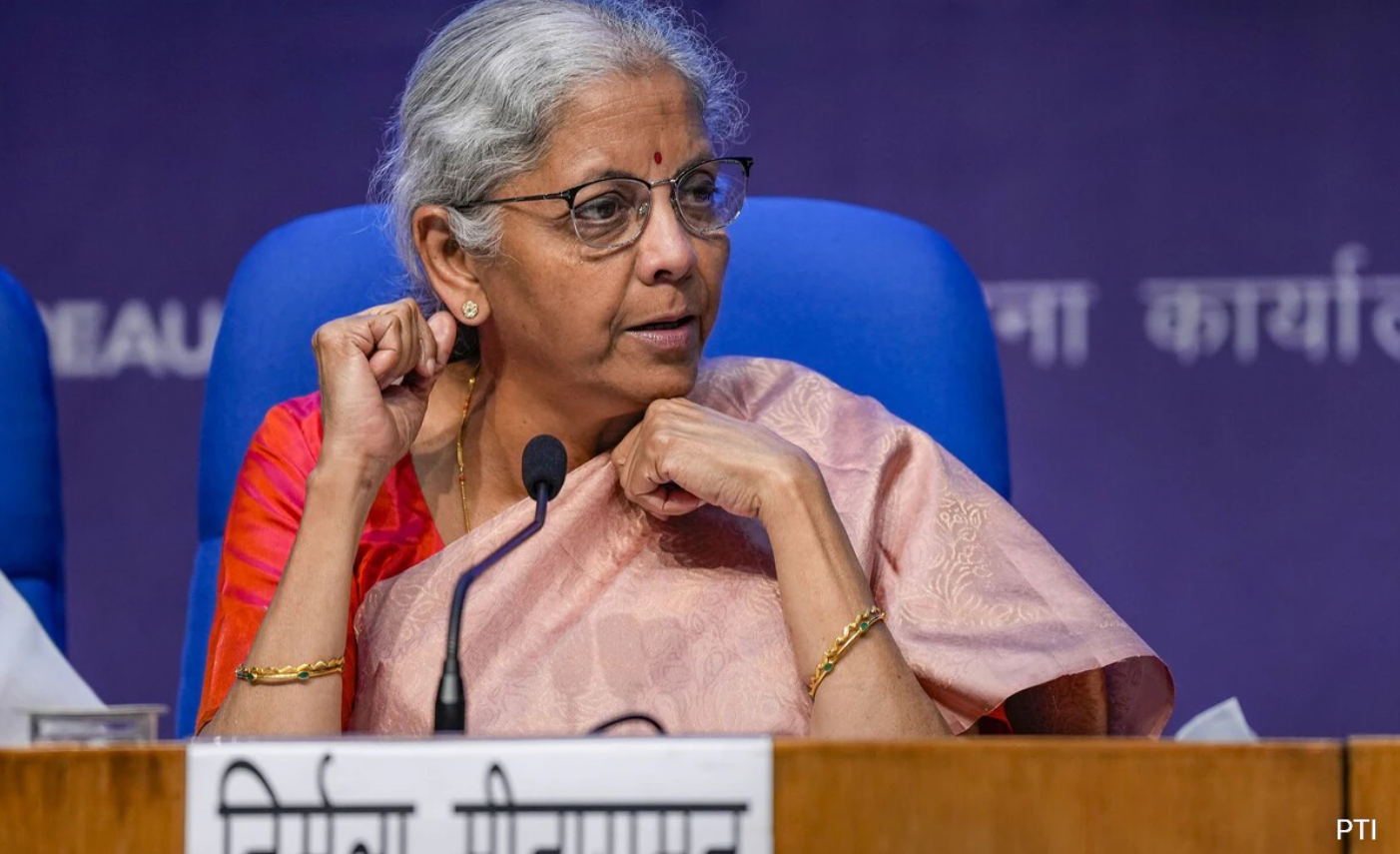
May 20, 2024
The PLI scheme has reduced import dependency in the electronics and mobile sectors and transformed them into significant growth areas, showcasing India's manufacturing potential
The IMF projects India to contribute 18% to global growth from 2023-2028, and S&P predicts the Indian consumer market will double by 2031, presenting a US$ 2.9 trillion opportunity for businesses
India’s demographic dividend over the next 30 years is expected to boost consumption due to a historically low dependency ratio
The balance sheets of corporate, government, and financial sectors are now strong, facilitating vibrant economic investment, expansion, and credit access

According to Union Finance Minister Nirmala Sitharaman, India presents a compelling growth narrative but must enhance its manufacturing sector and increase its share in global value chains through robust policy support. She highlighted the success of the production-linked incentive (PLI) scheme, especially in electronics and smartphones, countering critics who had expressed concerns about India’s manufacturing strategy.
Speaking at the Confederation of Indian Industry (CII) Annual Business Summit 2024, Sitharaman emphasised the importance of scaling up manufacturing and refining product sophistication with supportive policies.
Sitharaman underlined the pivotal role of the PLI scheme in India’s journey towards self-reliance, citing its significant contributions to reducing import dependency in the mobile and electronics sectors. She pointed out that the scheme has notably transformed these sectors, with the telecom sector achieving a 60% import substitution and 99% of mobile phones sold in India now being domestically produced, a significant increase from the 78% import dependency in 2014.
Sitharaman drew attention to the substantial growth in value addition in electronics and smartphone manufacturing, which has risen to over 20% from negligible levels in 2014-15. She highlighted that India is now Apple’s second-largest manufacturing hub for iPhones outside China, with iPhone exports nearly doubling in April 2024 compared to the previous year, a testament to India’s increasing competitiveness in the global market.
Sitharaman cited the International Monetary Fund (IMF), which sees India as a compelling growth story, projecting India’s contribution to global growth at 18% from 2023 to 2028. She also referenced S&P Market Intelligence’s prediction that the Indian consumer market could double by 2031, presenting a $2.9 trillion opportunity, with consumer spending on food estimated to increase by $1.4 trillion.
Sitharaman underscored the significance of India’s demographic dividend, a window for the next 30 years characterised by a historically low dependency ratio. She emphasised that this demographic advantage is expected to boost consumption, significantly driving India’s economic growth. She also highlighted India’s rapid economic growth and transition to green energy, which she believes will generate more job opportunities.
Sitharaman also noted the resolution of the twin balance sheet problem, which has evolved into an advantage. The balance sheets of corporate, government, and financial sectors are now strong, facilitating vibrant economic investment, expansion, and credit access.
Source: Indian Express